Machining Basics
1. Process review of product parts drawings
Before the product part design drawing is issued, the first step is to conduct a process review of the product part drawing. The so-called part structure manufacturability review refers to the feasibility and economy of manufacturing the designed parts under the premise that the designed parts can meet the requirements of use (quality). If the company’s equipment (including outsourced suppliers) can not be processed, or the processing is not economical, the designer should put forward revision opinions and suggestions. Of course, the prerequisite is that the use (quality) requirements are met. The quality of product design does not mean that the higher the precision, the better. It should be “applicable”. Now some designers of the company, due to lack of work experience and insufficient consideration of the craftsmanship of the designed products, always improve the design precision infinitely. When designing the motor, the fitting size of the front curved ring and the bearing inner cover is a clearance fit of 0.8mm, but the dimensional tolerance of the product part drawing is a six-level precision (0.03), which greatly increases the processing cost and inspection cost. The inspector checks according to the design drawing process (inspection) document standard, which is a “compliance” check. If not, it must be submitted. Of course, during the trial production of new products, designers and craftsmen are allowed to change product drawings or craft documents on site, but inspectors need to record and urge technicians to formally change the technical documents.
2. Design of machining process regulations
Once the product design is determined, the next step is to design the process specification.
1. Process plan: According to the product design requirements, production type and production capacity of the enterprise, a guiding document for specific tasks and measures for the preparation of process technology is proposed.
2. Process route: In the production process of products and parts, from blank preparation to finished product packaging and storage, through the sequence of relevant departments or processes of the enterprise.
3. Process regulations: process documents that specify the manufacturing process and operation methods of products or parts.
The main function of the process specification: it is the main technical document for organizing production. With the machining process specification, the progress plan of the production product and the corresponding scheduling plan can be formulated, so that the production can be balanced and carried out smoothly.
Combined with the characteristics of process plan, process route and process specification, the process flow prepared by the project management department of Liancheng Group is the process document prepared for guiding the internal production of the group company, which is closer to the design of the process route scheme. The process (inspection) process is integrated, and it also has the characteristics of the process card.
4. Machining process card: change the shape, size and surface quality of the blank by mechanical processing to make it a process document of the part.
The machining process of parts is composed of many processes.
A process is a part of a process that is simultaneously completed by one or a group of workers at a workplace or facility. It consists of single or multiple steps.
The work step is the part of the process that is completed under the condition that the speed and feed in the machining surface, machining tool and cutting amount remain unchanged.
Product processing efficiency (cost) is also directly related to product batch size.
Generally, in single-piece production, a wide range of general-purpose machine tools and general-purpose fixtures and general-purpose tools and measuring tools are used, and only a process card needs to be compiled.
In the production of small and medium batches, general-purpose machine tools and some special-purpose machine tools are generally used, special-purpose fixtures are widely used, and special-purpose tools and measuring tools are used in part. The process card is required to be prepared, and the key process requires a process card.
In mass production, special equipment is generally used and arranged in an assembly line, and special fixtures, tools and measuring tools are used for production, and detailed process documents are required, including process cards, step cards, etc.
Machining inspectors not only have the function of inspecting the product after the fact, but also inspect and urge workers to strictly implement the process documents during the inspection process.
3. Arrangement of processing sequence
1. According to different processing properties and functions, the process is generally divided into three stages: roughing, semi-finishing and finishing. Dividing processing stages has the following functions:
1) Avoid the redistribution of internal stress in the blank and affect the machining accuracy. Such as casting, welding internal stress relief, etc.;
2) Avoid elastic deformation and thermal deformation caused by large clamping force and cutting force during rough machining, which will affect the machining accuracy.
3) The blank defects can be found in time to avoid unnecessary losses.
4) Use the machine tool reasonably and maintain the accuracy of the machine tool.
5) To meet the needs of heat treatment during processing.
Of course, for parts with low processing quality requirements or high processing quality requirements, but with good blank rigidity and high precision, the processing stage may not be divided.
Product batch hours are generally arranged and processed on the principle of process concentration on general machine tools. When the batch is large, the production line can be organized according to the principle of process dispersion.
Fourth, the process design content
The process design includes the selection of process benchmarks, the determination of process dimensions, the determination of machining allowances, the selection of machine tool equipment, the selection of process equipment, the selection of cutting amount and the determination of working hours. The professional knowledge in this area is deep and the content is rich, and it is impossible to master all of them in a short time. Therefore, I can only describe a few knowledge points:
1. The selection principle of rough benchmark:
a) The selected rough datum should be convenient for positioning, clamping and processing;
b) The unprocessed surface should be selected as the rough reference
c) In order to ensure that the machining allowance of the important surface is small and uniform, the surface should be selected as the rough reference
d) The rough datum should be flat and free of burrs for reliable positioning.
e) The rough benchmark is generally only used once.
2. Principles of selection of fine benchmarks:
a) The selected datum should be convenient for positioning, clamping and processing, and should have sufficient positioning accuracy;
b) Follow the principle of datum unification: when the workpiece is positioned with a certain set of fine datums, which can be more convenient to process other surfaces, the same set of datum positioning should be used as much as possible to avoid errors caused by datum conversion.
c) Follow the principle of datum coincidence: when the final finishing of the surface needs to ensure the positional accuracy, the design datum should be selected as the positioning datum. When the position accuracy cannot be guaranteed when following the principle of datum unification, the principle of datum coincidence must be adopted.
2. Selection of part surface processing method (equipment)
The selected machining method should take into account the “economic machining accuracy class” of each machining method. Each processing method has its own processing characteristics, and the “economic processing accuracy” of each processing equipment must be considered when formulating the process. . The specific “economic processing accuracy grades” of various types of equipment will be introduced later when there is time.
3. Selection of cutting amount
Feed, cutting speed, and cutting depth are collectively called the three elements of cutting amount. On the premise of ensuring processing quality, reducing costs and improving production efficiency, we should try to maximize the product of the three.
When roughing, generally first determine the cutting amount according to the tool life, first try to select the cutting depth, then select the feed, and finally consider the cutting speed. When finishing, the cutting amount is mainly determined according to the surface roughness and machining accuracy of the product.
4. The machining allowance between the machining processes should be determined when the price is checked
The machining allowance of the sheet after gas cutting and welding is 2~4 mm (single side),
Machining allowance 4~6 mm (double-sided)
Outer diameter machining allowance of bar
Without heat treatment at least 2~3mm
Heat treated at least 5~6mm.

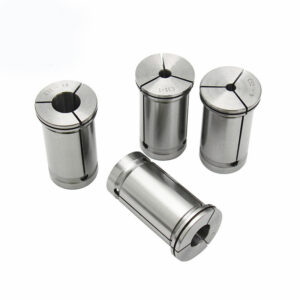 High Quality C42 Straight Shank Collet Clamping Range 3-32mm SC42 Power Collet
High Quality C42 Straight Shank Collet Clamping Range 3-32mm SC42 Power Collet 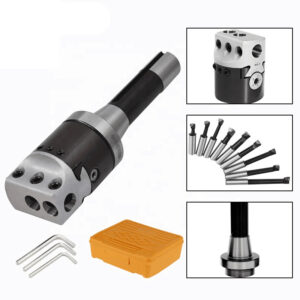 Boring head R8 12mm boring heads with r8 shanks MT2 MT3 C20 NT30 Boring tool holder for milling machine r8 boring head set
Boring head R8 12mm boring heads with r8 shanks MT2 MT3 C20 NT30 Boring tool holder for milling machine r8 boring head set 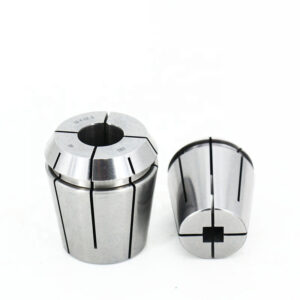 Machine Tools Tapping Type Collet ER16G ER20G ER25G ER32G ER40G Tapping Collet ERG Tap Collet for CNC
Machine Tools Tapping Type Collet ER16G ER20G ER25G ER32G ER40G Tapping Collet ERG Tap Collet for CNC 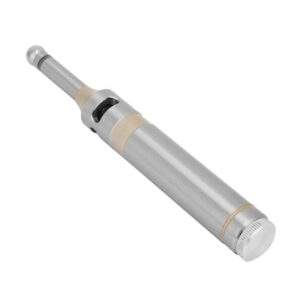 Machine tools Edge Finder with Sound & Lamp drill press center edge finder for CNC
Machine tools Edge Finder with Sound & Lamp drill press center edge finder for CNC 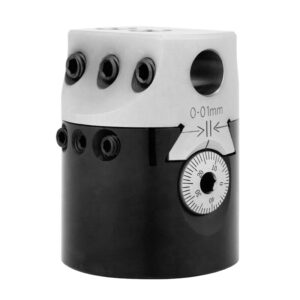 High precision F1-18 Boring Heads Adjustable Milling Machine F1 Metric Size 50mm 75mm 100mm Boring Heads
High precision F1-18 Boring Heads Adjustable Milling Machine F1 Metric Size 50mm 75mm 100mm Boring Heads 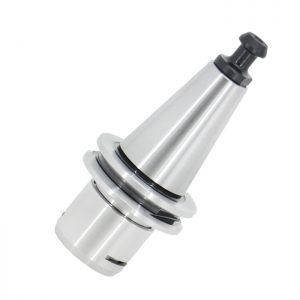 ISO Tool Holders
ISO Tool Holders 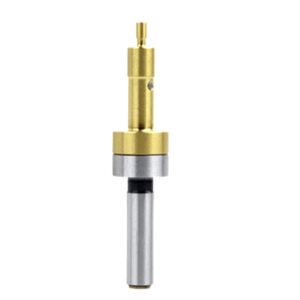 Edge finder CE420 mechanical Yellow Titanium Edge Finder
Edge finder CE420 mechanical Yellow Titanium Edge Finder 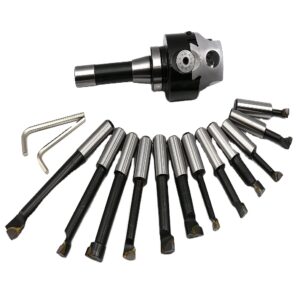 PRECISION ADJUSTABLE 3" BORING HEAD with R8-Shank
PRECISION ADJUSTABLE 3" BORING HEAD with R8-Shank